Mary W. Rowe is the president and CEO of the Canadian Urban Institute (CUI). She is a recognized leader in urban policy and has worked extensively with communities across Canada and the United States.
She appeared on Broadview Live on October 6 to discuss her report on sacred spaces and civic value, which highlights the closure of 27,000 faith buildings in the next decade and explores how churches can reimagine their roles and prioritize community service for sustained impact. Rowe urged faith communities to partner with other organizations and adapt their spaces for multiple uses, like providing housing and shelter. Here’s a summary of her key points. You can also watch the event here.
You may unsubscribe from any of our newsletters at any time.
Shift focus from the church’s survival to community service:
Rowe urged faith communities to move beyond grief and sentimentality about decline, and focus instead on their vocation to care for neighbours.
“That’s the point that we’re making in this report … the need of those communities is evolving and changing and we as worshippers attached to a Christian tradition have filled all sorts of gaps and needs, and we’ve reacted responsively to what our neighbours needed and I think that’s the calling now. How do we make this about the vocation that we all believe in — which is to care for our neighbour?”
Collaborate:
Develop new partnerships with secular organizations, other faith communities, social agencies and municipal authorities. Rowe emphasized that churches should not operate as isolated entities, but rather collaborate to maximize their impact and sustainability.
“There are really imaginative people out there in designers, developers, planners, people with really good technical skills who could assist with a congregation that wants to do a mixed-use development.”
More on Broadview:
- WATCH: Broadview Live Oct 2025
- Danté Stewart on fighting the rise of Christian nationalism
- How memorizing the Gospel of Mark helped me grieve my wife’s death
Repurpose church spaces for multiple community uses:
Embrace change and use church spaces as community hubs, hosting things like community events, support groups, cultural activities, in addition to worship services.
“In urban planning talk, we never, anymore, advocate for a single use ever … We now have to do multi-purpose, multi-solving. Nothing can ever serve only one purpose. So what does that mean to a faith community? How do you actually make that entity much more adaptive and much more flexible, so that it can have many, many, many different purposes?
Seek external help for governance and financial challenges:
There are people with expertise who can help the church navigate financial challenges, especially as they face declining membership and the increasing cost of maintaining their facilities. Rowe suggested looking at successful community hubs and third places to learn from their experience and ask for advice.
“There are various kinds of financial tools that are being looked at. Social purpose real estate in the United States also has tax increment financing, ways to generate money from the private sector, from institutional investors and from governments. So that’s why you need some good partners to help you figure out what financial instruments may be available.”
Build relationships with the community:
Churches may face neighbourhood resistance when repurposing spaces, so Rowe recommends building empathy, open communication and trust with neighbours.
“In terms of dealing with pushback, this is true everywhere and on every issue … part of what you do is build a sense of empathy across the community, to not make it us against them, but some kind of collective understanding with a larger group and also that you’re reasonable about what people’s concerns are, fears are, anxieties are. And you make sure that you have open channels to be able to respond.”
***
This interview has been condensed and edited for length and clarity.

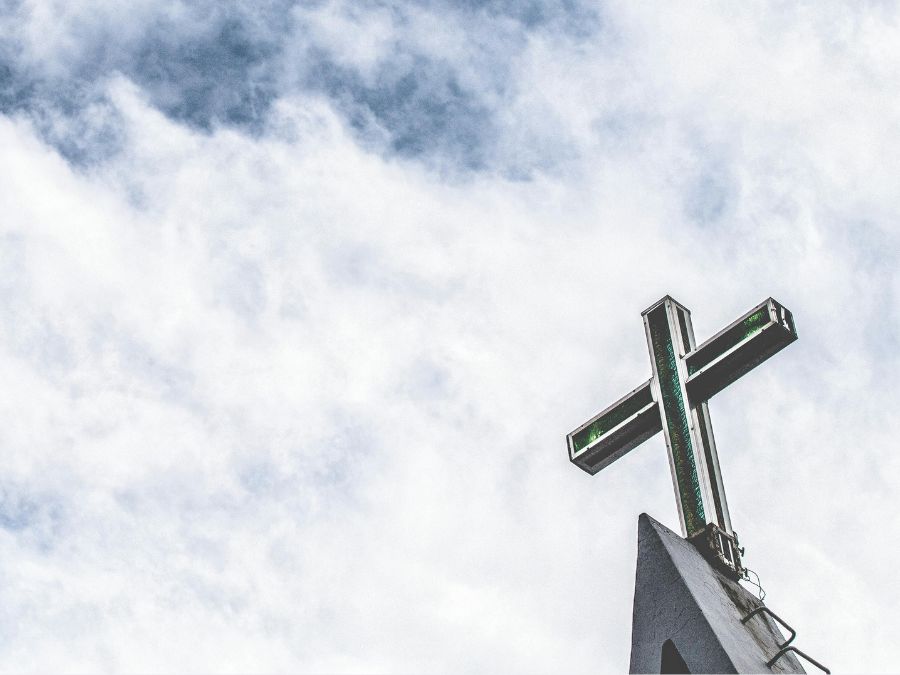

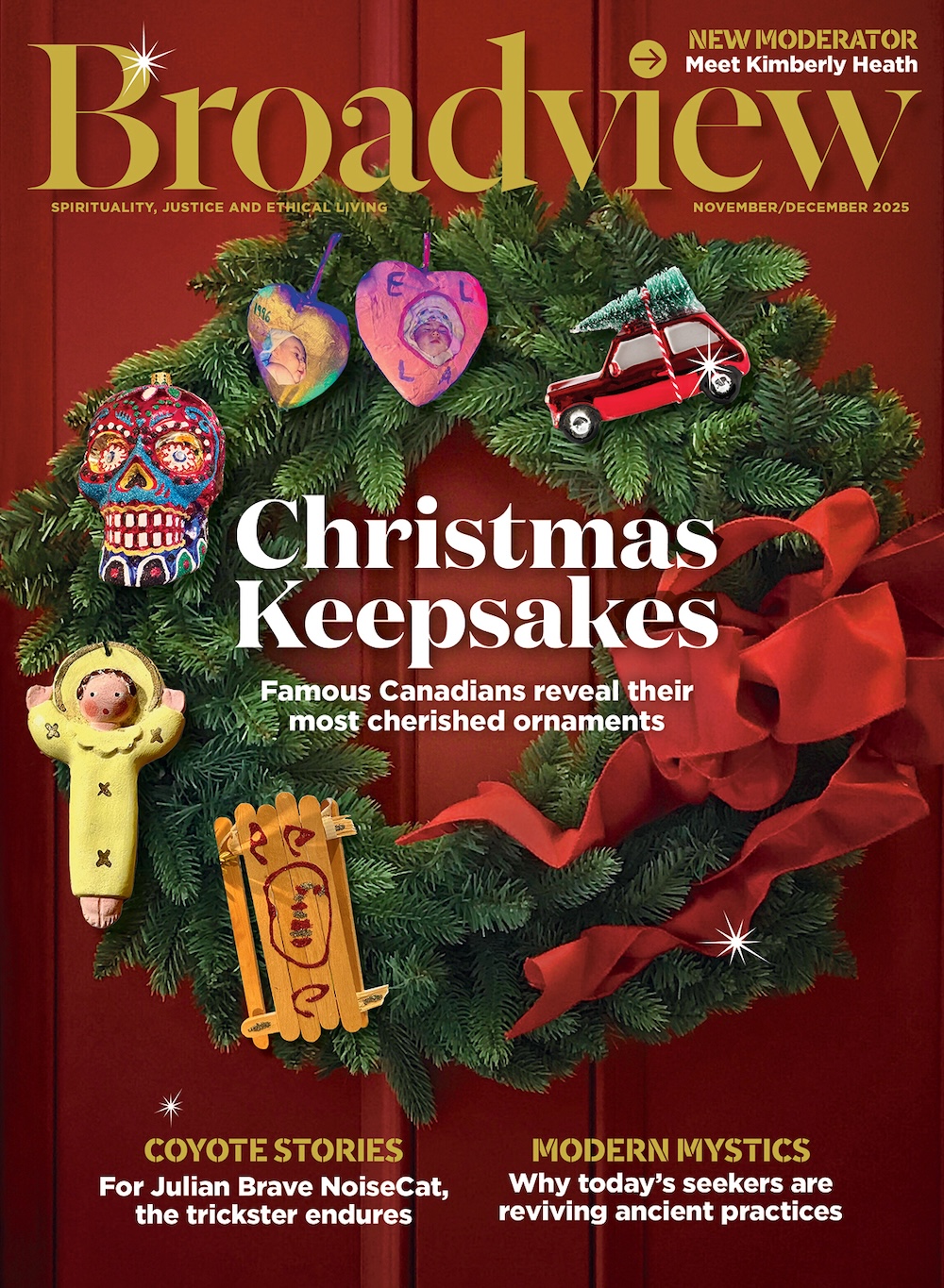


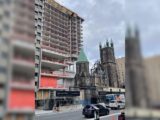



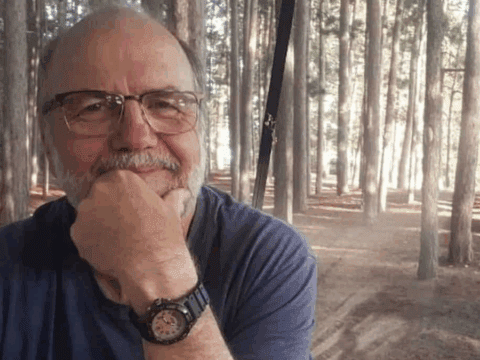

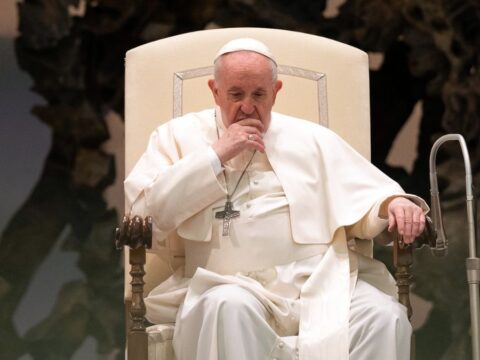

This article is so general and bland as to be unhelpful. Referring to US tax laws -really?
Please rethinking this topic, and try again. It really is of broad interest and an article with some meat in it would be of interest. Give some examples of successful projects to inspire us.
well, the most famous “hub” Westhill turned out to be a giant flop… Also, the primary function of a church is to WORSHIP God, not to be a “hub”. There is nothing wrong with it also being a hub – but this idea can only come from a bland, secular western “urban expert”